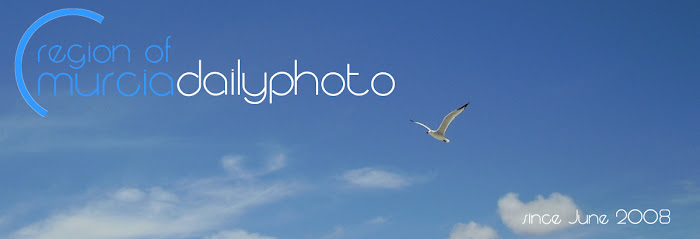"Águilas as a modern city began to take shape during the 16th to 18th centuries, the sea, during those dates, had turned life in the city into a danger, due to Berber incursions through the coast, because there was a depopulation until the nineteenth century.
To defend against these pirates, the Torre de Cope was built at the end of the 16th century." (Source: Official website from Council of Águilas)
"This tower dates from 1539 when Charles V ordered a tower to be built in Cope. There is evidence that the works were finished by July 3th, 1576. The tower suffered several sieges which in turn left the city damaged and abandoned, the first of these sieges took place two years after its handing over. Four years later in 1578 the tower was destroyed by the Turks and was then rebuilt the following year. After several destructions and remodelings in 1702 a new repair commenced, this made possible the construction of a bigger garrison. In 1756 the tower modified its structure once more, its last known remodelling took place in 1801. In the 19th century as piracy disappeared the tower lost its purpose, which led to its abandonment and dismantling. Currently, the tower has been rebuilt according to its 18th century version, becoming a paradigm of the defensive buildings on the Murcian coast" (Source: MurciaTuristica website that website show you: how to arrive, where to stay, where to eat, and so on)




























